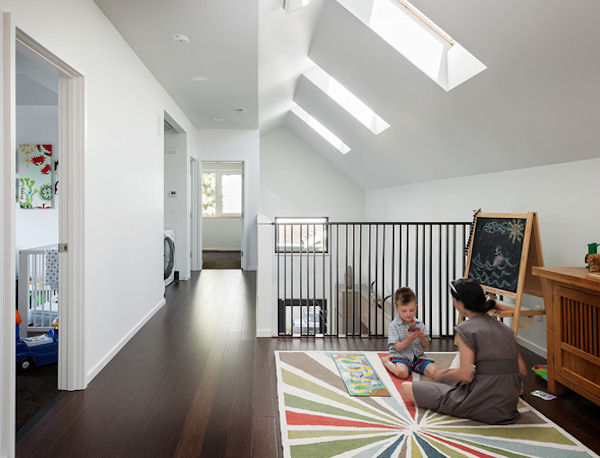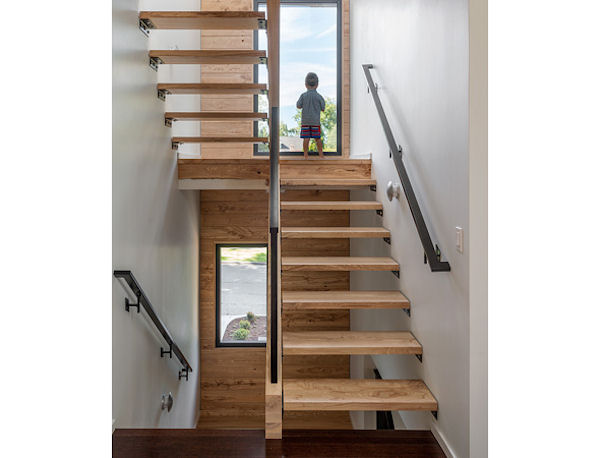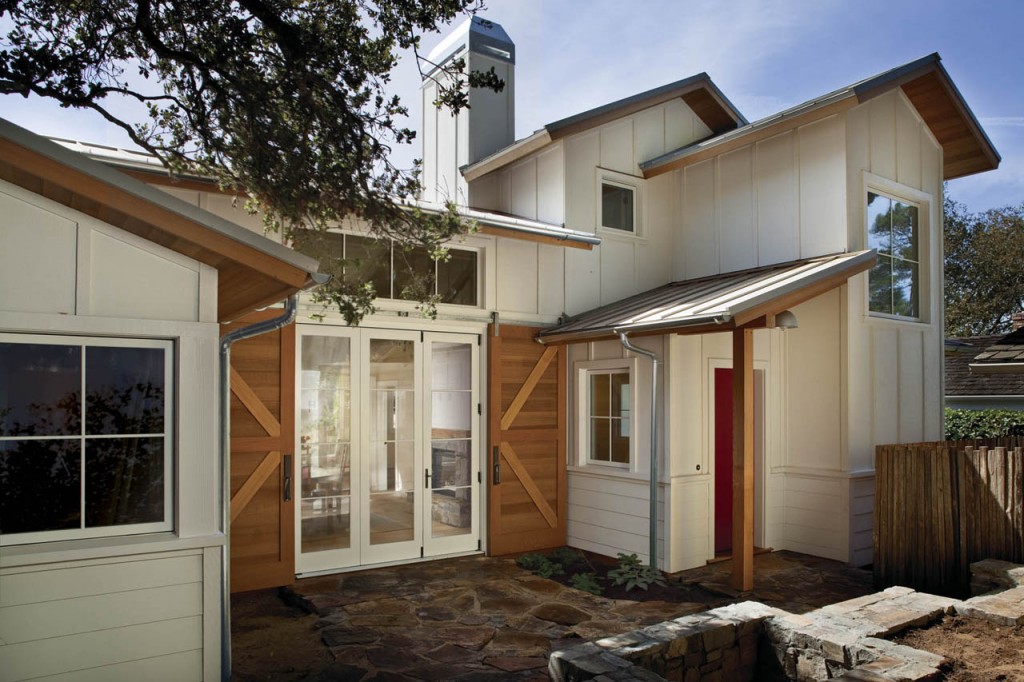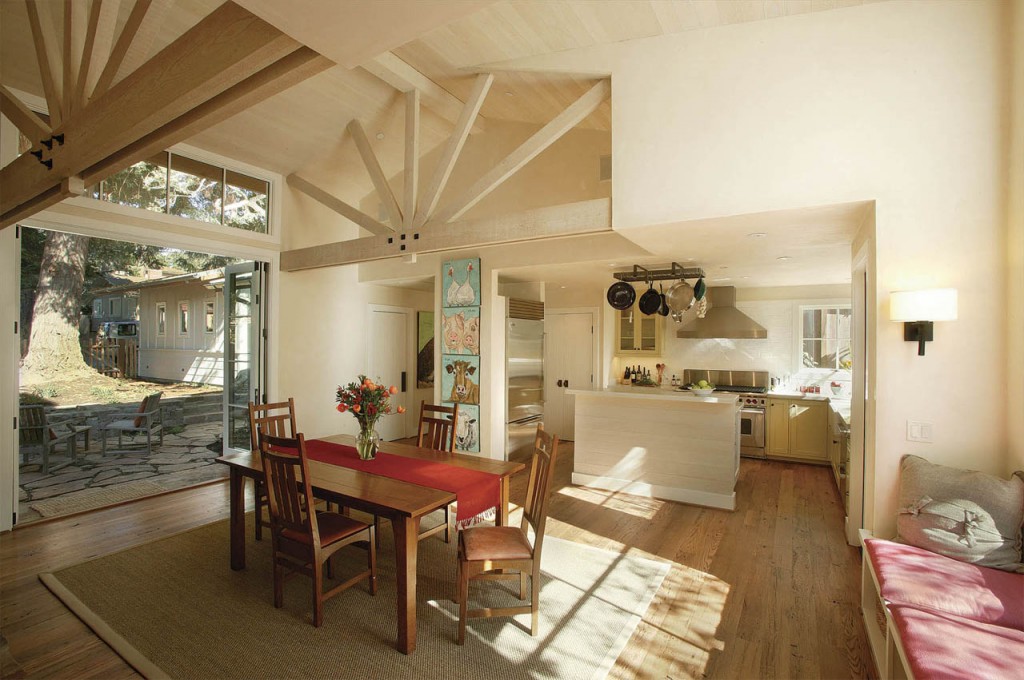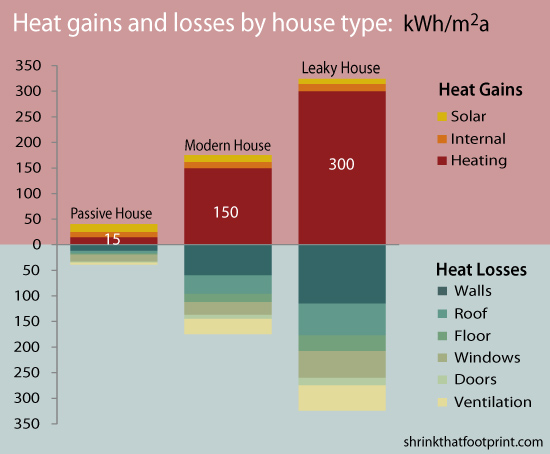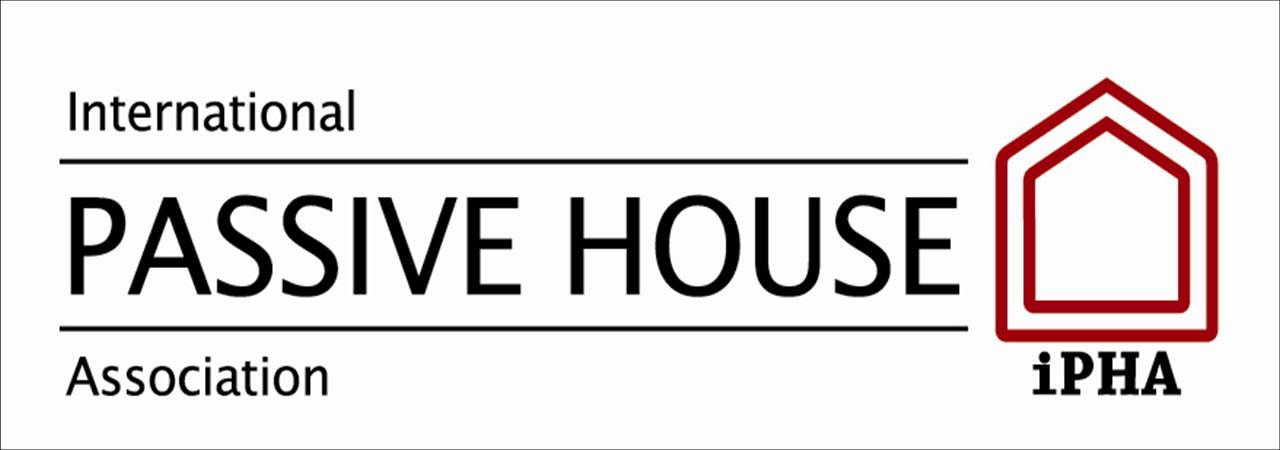I was so excited to see the headline in today’s New York Times featuring Seattle’s first Passive House. The article does a very good job reporting on the basics of the PH Standard as well as some of the controversial topics surrounding the debate on how to build high performance buildings that don’t cost that much more. As a Certified Passive House Designer I am trained to integrate the complex construction details of the PH Standard in well considered architectural designs. I can understand how the targets of PH are daunting to some, but for me this is just the new normal.
I find it unfortunate that the article reports an estimated 5-20% additional cost associated with PH, without mentioning the extra money put into the high performance building enclosure is nearly offset by smaller mechanical systems and dramatically reduced monthly utility bills! It’s true that extra insulation, triple pane windows, and air sealing tapes are extras costs not associated with typical houses. But what is also not expected in typical houses is chance to live in a supremely healthy and comfortable indoor environment. In the coldest northern winters the ventilation system provides a constant supply of fresh air (in contract to most buildings which tend to be stuffy in the winter). In a PH all of the interior surface temperatures are much closer to body temperature so that means you don’t experience the same effect of cold drafts, even though there are no heating registers placed in front of windows!
While it’s great to see Passive House being featured in the NYT – I hope that this article furthers an in depth conversation about the benefits of what I recognize as the new normal in building design and construction.